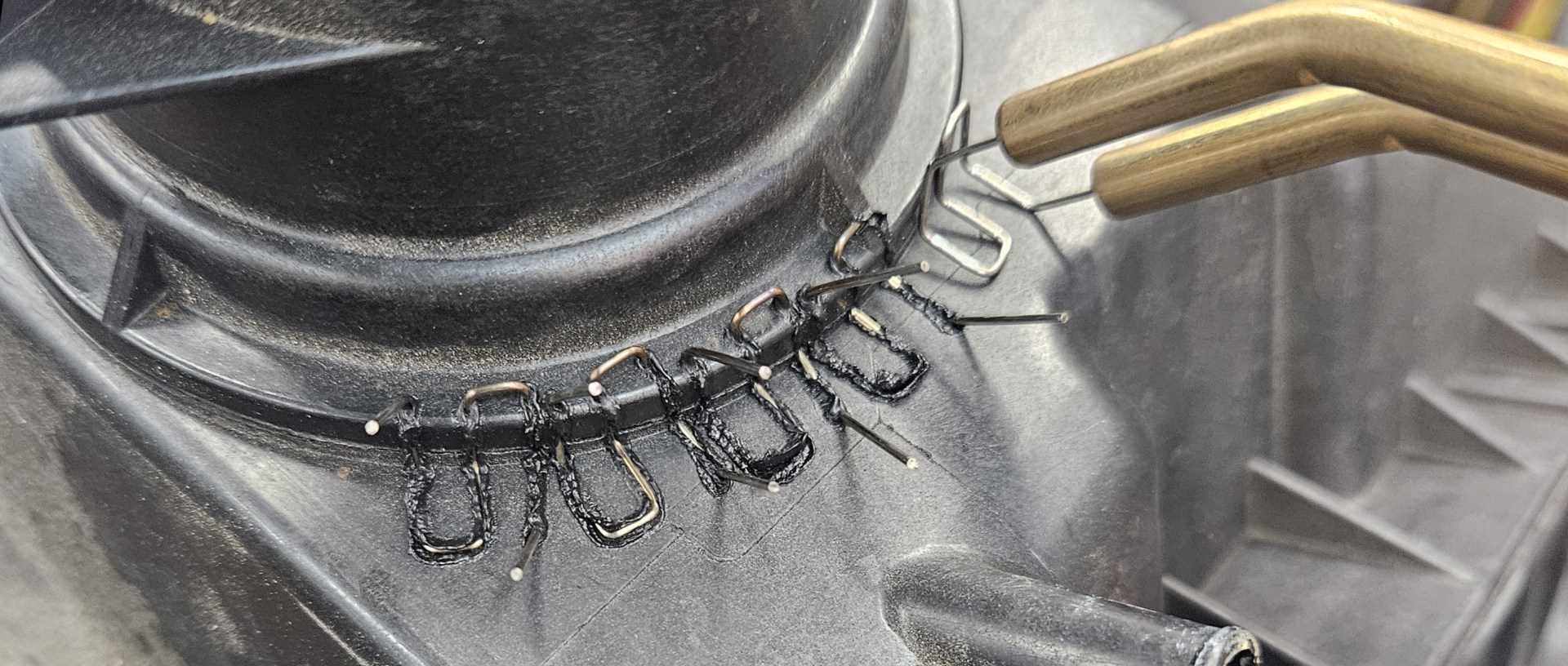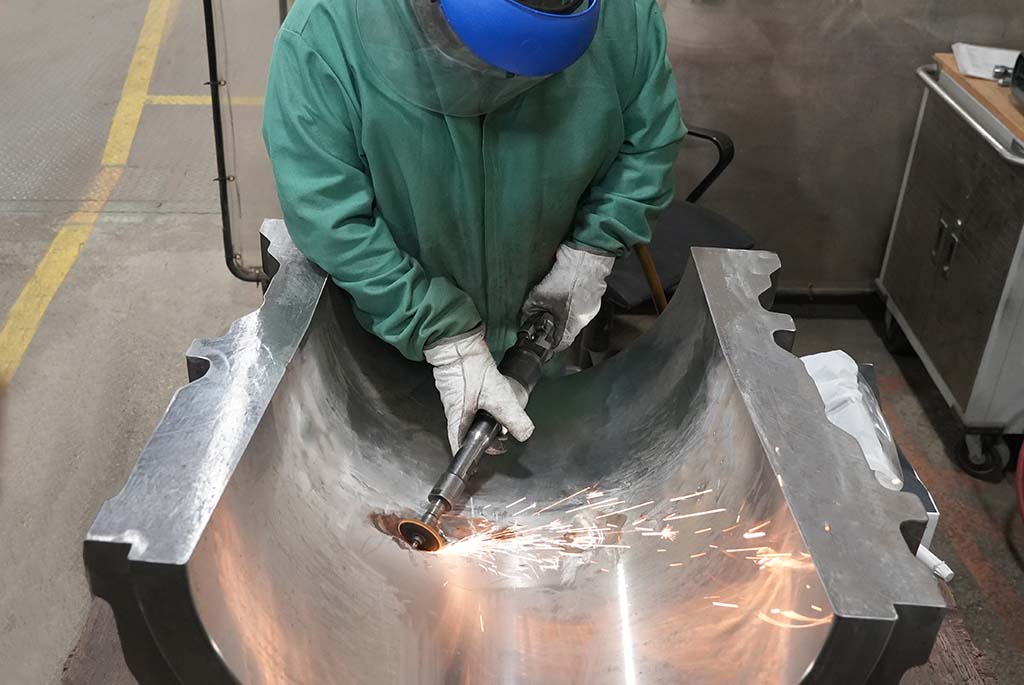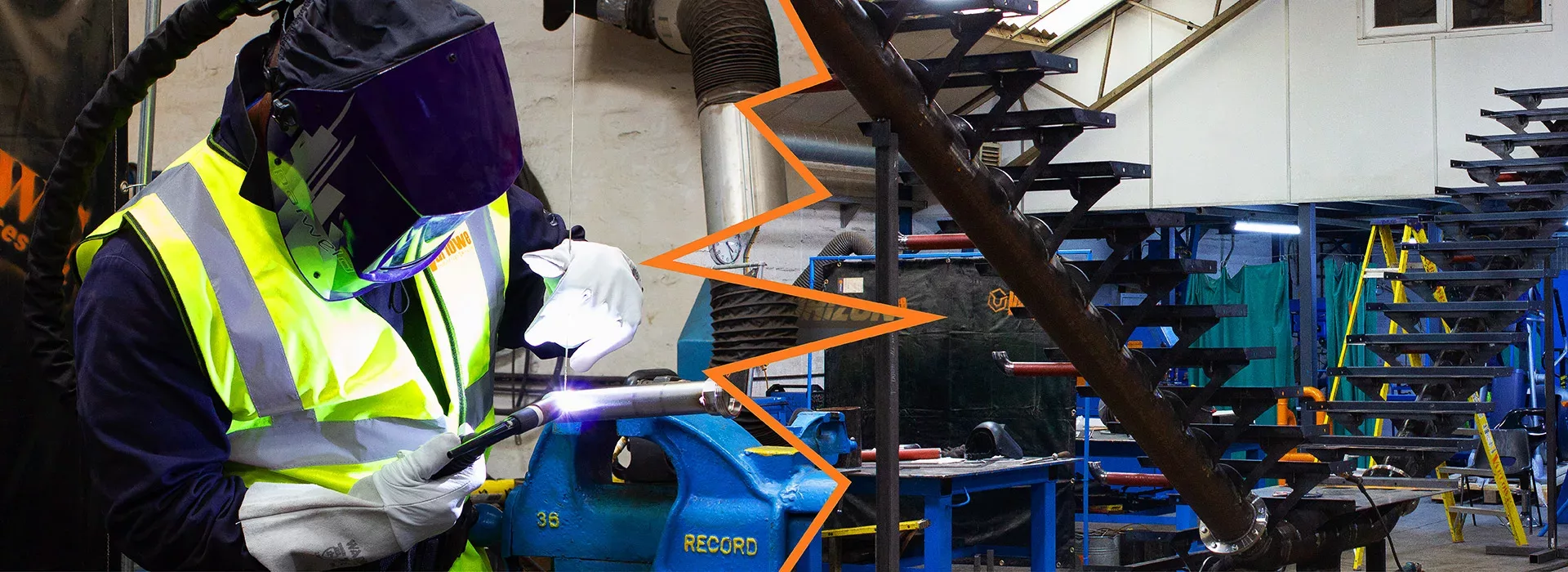Quick solutions to weld misalignment in Montana Mobile Welding and Repair Fabrication
Wiki Article
Typical Welding Repair Issues and Just How to Address Them Properly
Welding repair work commonly come across a variety of issues that can jeopardize the honesty of the end product. Typical issues consist of inadequate infiltration, porosity, and imbalance, amongst others. Each flaw offers unique challenges that require specific methods for resolution. Recognizing these issues is important for welders aiming to boost their skills and end results. This conversation will discover these usual welding repair issues and effective techniques to resolve them.Poor Infiltration
Insufficient infiltration takes place when the weld metal falls short to totally fuse with the base material, causing weak joints and prospective structural failings. This problem usually comes from inadequate heat input, wrong electrode angle, or incorrect welding speed. Welders may come across inadequate penetration because of a miscalculation of the essential criteria for a details material thickness or kind. Additionally, contamination on the base product's surface area can prevent effective bonding, intensifying the problem. To attend to insufficient penetration, welders must assure appropriate setups on their devices and keep a tidy job surface area. Regular assessment of welds is recommended to identify any type of deficiencies early, enabling for timely adjustments and the avoidance of endangered structural integrity in bonded settings up.Porosity
Porosity is a typical flaw in welded joints that shows up as tiny gas bubbles entraped within the weld metal. This problem can jeopardize the integrity of the weld, leading to minimized stamina and potential failure under tension. Fabrication. Porosity generally occurs from contamination, wetness, or improper welding techniques, which allow gases to run away right into the molten weld swimming pool. To address porosity, welders should ensure proper surface prep work, preserve a clean workplace, and use suitable welding specifications. Additionally, selecting the best filler product and securing gas can mitigate gas entrapment. Normal examination and testing of welds can help recognize porosity early, ensuring timely rehabilitative activities are taken, therefore protecting the quality and reliability of the welded frameworkMisalignment
Misalignment in welding can occur from various elements, consisting of improper configuration and thermal expansion. Recognizing the source is vital for effective resolution. Numerous adjustment methods are readily available to straighten elements and ensure structural honesty.Causes of Misalignment
Welding misalignment often comes from a selection of underlying concerns that can jeopardize structural stability. One primary cause is incorrect fit-up of parts before welding, which can cause voids and uneven surfaces. Variants in thermal expansion throughout the welding process can also lead to distortion, specifically if the products being joined have different coefficients of development. Additionally, insufficient securing and fixturing might stop working to hold parts firmly in position, bring about activity throughout welding. Inadequately maintained equipment, including welding makers and devices, might present disparities in the weld bead, further adding to misalignment. Operator error, stemming from inadequate training or experience, can likewise play a considerable function in producing misaligned welds.
Correction Methods Readily Available
Attending to misalignment effectively needs a combination of corrective strategies customized to the specific concerns at hand. One typical technique is using jigs or fixtures to hold parts in the right position throughout welding, ensuring regular positioning. Additionally, pre-heating the products can aid lower distortion and improve fit-up. For significant imbalance, mechanical adjustment techniques, such as making use of hydraulic jacks or clamps, can be used to remedy the position prior to welding. Post-weld warm therapy may also be essential to soothe anxieties triggered by misalignment. Finally, careful evaluation and modification throughout the arrangement stage can stop imbalance problems from ending up being substantial problems, advertising a smoother welding process and enhancing general structural honesty.Distortion
Distortion is an usual obstacle in welding that can occur from different variables, including irregular cooling and heating. Understanding the root causes of distortion is vital for executing reliable avoidance techniques. Resolving this concern not just improves structural integrity however likewise boosts the total high quality of the weld.Sources of Distortion
When subjected to the extreme warm of welding, products typically undergo modifications that can bring about distortion. This phenomenon mostly arises from thermal expansion and contraction during the welding procedure. As the weld area warms up, the product broadens; upon cooling, it gets, which can create interior tensions. Furthermore, irregular heating across a work surface can worsen these tensions, leading to bending or bending. The kind of product likewise plays a substantial duty; metals with varying thermal conductivity and coefficients of expansion might respond in a different way, bring about unforeseeable distortions. Bad joint design and poor fixturing can add to misalignment throughout welding, boosting the possibility of distortion. Recognizing these reasons is vital for reliable welding fixing review and prevention techniques.Avoidance Techniques
Effective avoidance methods for distortion throughout welding emphasis on regulating warmth input and ensuring proper joint design. Keeping a constant warmth input aids to lessen thermal growth and contraction, which can result in distortion. Utilizing strategies such as preheating the work surface can likewise reduce the temperature level slope, promoting uniform heating. Additionally, picking ideal joint designs, such as T-joints or lap joints, can enhance stability and lower anxiety concentrations. Implementing proper fixturing to safeguard the workpieces in position better help in maintaining positioning throughout the welding procedure. Finally, staggered welding series can distribute heat more evenly, avoiding localized distortion. By applying these techniques, welders can substantially reduce the possibility of distortion and enhance the total quality of their welds.Splitting
Splitting is a typical concern experienced in welding fixings, typically resulting from numerous elements such as incorrect cooling rates, product option, or inadequate joint prep work. The occurrence of fractures can significantly jeopardize the honesty of the weld, resulting in possible failings throughout operation. To resolve this issue, welders have to initially evaluate the origin triggers, making sure that products work and suitably picked for the details application. Additionally, regulating the cooling price throughout the welding procedure is necessary; rapid air conditioning can generate anxiety and cause cracking. Appropriate joint layout and preparation additionally add to decreasing the danger. Applying these methods can enhance weld quality and longevity, ultimately reducing the chance of splitting in ended up weldments.
Insufficient Fusion
A considerable mag welding problem in welding repair work is incomplete fusion, which takes place when the weld steel does not sufficiently bond with the base material or previous weld passes - Belgrade Fabrication. This issue can cause weak points in the joint, possibly jeopardizing the honesty of the welded structure. Factors contributing to incomplete blend include not enough heat input, incorrect welding method, and contamination of the surface areas being joined. To resolve this concern successfully, welders should guarantee appropriate pre-weld cleaning and surface prep work, in addition to adjust their welding specifications to achieve sufficient infiltration and fusion. Regular inspection throughout the welding procedure can also aid determine insufficient combination early, enabling timely rehabilitative procedures to improve the total top quality of the weldOverheating
While welding fixings can boost structural integrity, overheating provides a significant obstacle that can result in material destruction. Too much heat during welding can modify the mechanical properties of metals, leading to lowered toughness, boosted brittleness, and bending. This phenomenon is especially essential in high-stress applications where structural dependability is critical. Determining overheating can include visual evaluations for discoloration or distortion, along with monitoring temperature level during the welding process. To mitigate the threats related to getting too hot, welders must use ideal methods, such as controlling heat input, readjusting traveling speed, and using suitable filler products. In addition, applying pre- and post-weld warmth treatments can aid recover material homes and boost the general quality of the repair service, making sure long-lasting performance and safety and security.Often Asked Concerns
What Are the Common Indications of a Welding Problem?

Exactly How Can I Test My Welds for High quality?
To examine welds for quality, one can utilize aesthetic inspections, ultrasonic screening, and radiographic methods. Each strategy guarantees architectural integrity, determines flaws, and validates adherence to defined requirements, ultimately boosting the dependability of the welded joints.What Safety and security Precautions Should I Take While Welding?
When welding, one ought to focus on safety and security by wearing suitable personal safety devices, guaranteeing appropriate air flow, safeguarding combustible materials away, preserving a clean work area, and knowing surroundings to stop injuries and crashes.Can I Repair a Weld Without Redesigning the Entire Joint?
Fixing a weld without remodeling the whole joint is feasible, depending upon the damages (Welding). Methods such as grinding, adding filler material, or using a welding procedure can successfully resolve particular defects while preserving the bordering frameworkWhat Devices Are Crucial for Reliable Welding Repairs?
Necessary tools for effective welding repair work consist of a welding machine, cord brush, grinder, safety gear, clamps, and filler products. Each device plays a crucial role in making sure quality and security during the repair service process. Porosity typically emerges from contamination, dampness, or incorrect welding techniques, which allow gases to leave into the liquified weld pool. Improperly maintained devices, consisting of welding equipments and tools, might present incongruities in the weld bead, more adding to imbalance. When subjected to the extreme warmth of welding, products commonly undertake adjustments that can lead to distortion. Splitting is a typical issue experienced in welding repairs, typically resulting from different factors such as improper cooling published here rates, product option, or poor joint prep work. A considerable issue in welding fixings is incomplete blend, which occurs when the weld metal does not effectively bond with the base product or previous weld passes.Report this wiki page